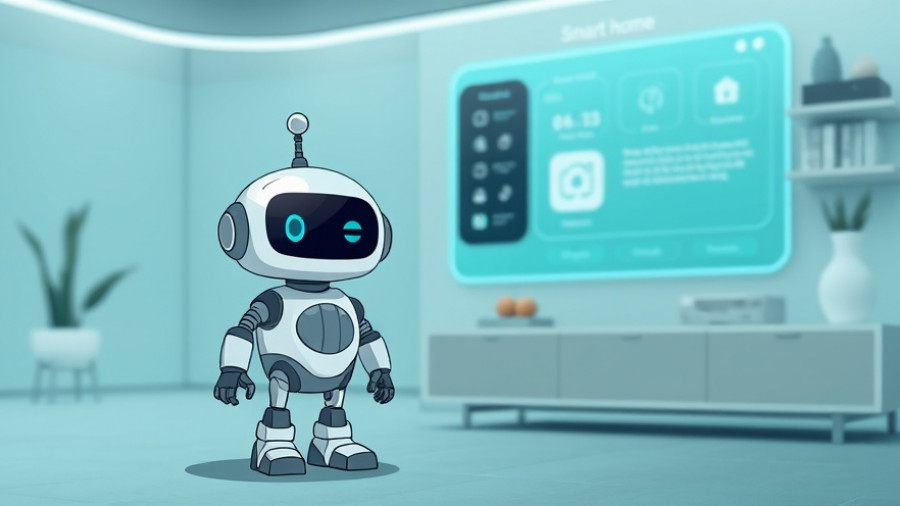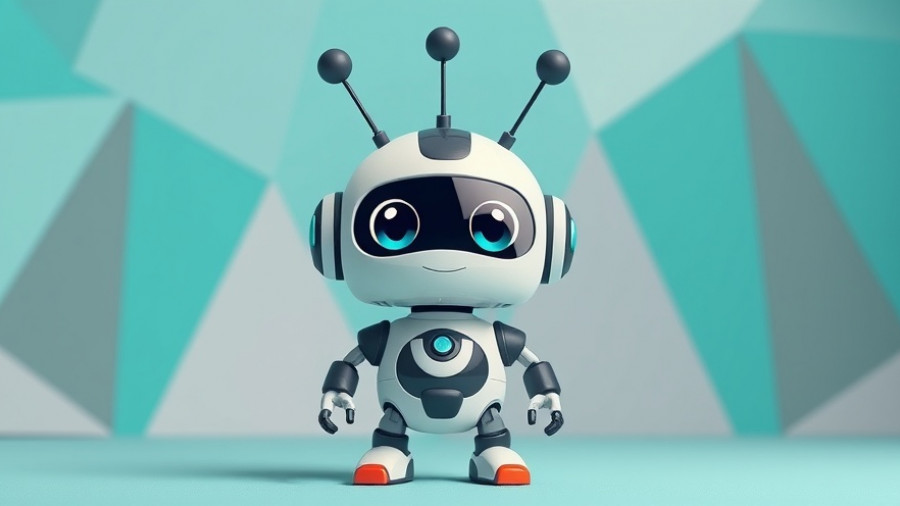
An End of an Era: The Blue Screen of Death
For decades, the Blue Screen of Death (BSoD) has been a symbol of frustration and helplessness for Windows users. The sight of a blue screen with the dreaded error message has signaled everything from minor glitches to catastrophic system failures. However, Microsoft is ready to bid farewell to the BSoD and usher in a new era with the Black Screen of Death. Scheduled to roll out later this summer, this change aims to enhance user experience by delivering clearer diagnostics for troubleshooting.
Understanding the Shift to the Black Screen of Death
The transition from blue to black may seem trivial, yet it strikes a chord with anyone who's experienced the panic induced by a system error. This rebranding not only serves as a fresh outlook from Microsoft but also reflects an important shift towards user-friendliness. By simplifying the troubleshooting process with more concise information, Microsoft hopes to assist users in resolving issues quickly.
Implications for the Modern Homeowner
For young homeowners in London who are tech-savvy and invested in smart home technologies, understanding this technological evolution is crucial. As home improvement projects increasingly incorporate technology, being aware of system functionalities ensures smoother integration of devices. The Black Screen of Death, while seen initially as intimidating, could signal a more robust user interface for troubleshooting connected devices, particularly for smart homes.
The Silver Lining of the Transition
Efficiency is king in our fast-paced lives, and Microsoft's focus on clearer diagnostics aligns well with the aspirations of young homeowners who prioritize efficiency, especially in smart & connected homes. No one wants to face technical snags when managing their home tech ecosystem, from thermostats to security systems. Quick resolutions can mean smoother living and less stress in the home.
A Glimpse into the Future of Windows
The move to the Black Screen of Death hints at larger changes within the Windows ecosystem, particularly relating to gaming experiences on handheld devices and beyond. This adds an exciting component for those incorporating tech into their homes—improved gaming systems pave the way for nostalgic gaming nights and family bonding moments.
Preparing for Changes in Your Home Technology
As this new update rolls out, there are strategies homeowners can employ to ensure they are prepared:
- Stay Updated: Regularly check for updates for all smart devices and Windows systems to minimize bugs during transitions.
- Backup Data: Before any major system update, ensure that important files are backed up. This can save both time and troubleshooting efforts later.
- Join User Forums: Engage with communities discussing these new updates. It provides a wealth of shared experiences and knowledge that can help smooth out issues.
The Emotional Factor: Fear of Change
It's completely natural to feel apprehensive about changes, especially those that involve technology that plays a significant role in our lives. The Black Screen of Death may evoke fear similar to the former BSoD; however, it’s essential to approach these changes with a positive mindset. A progressive mindset can often turn a scary prospect into an opportunity for improved experiences.
Conclusion: Embrace the Change
As technology continues to evolve in our homes, understanding updates like the Black Screen of Death can empower homeowners and foster confidence in handling tech smoothly. Embrace these innovations as they bring forth better functionality and transparency in troubleshooting. This transition may be unsettling, but ultimately, it opens the door to improvements that can enhance the smart & connected living experience.
For those seeking to stay on top of tech updates and homeowner news, consider subscribing to newsletters or local forums that deliver daily insights. Keeping informed ensures you’re ready for whatever tech updates come your way!
 Add Row
Add Row  Add
Add 




Write A Comment